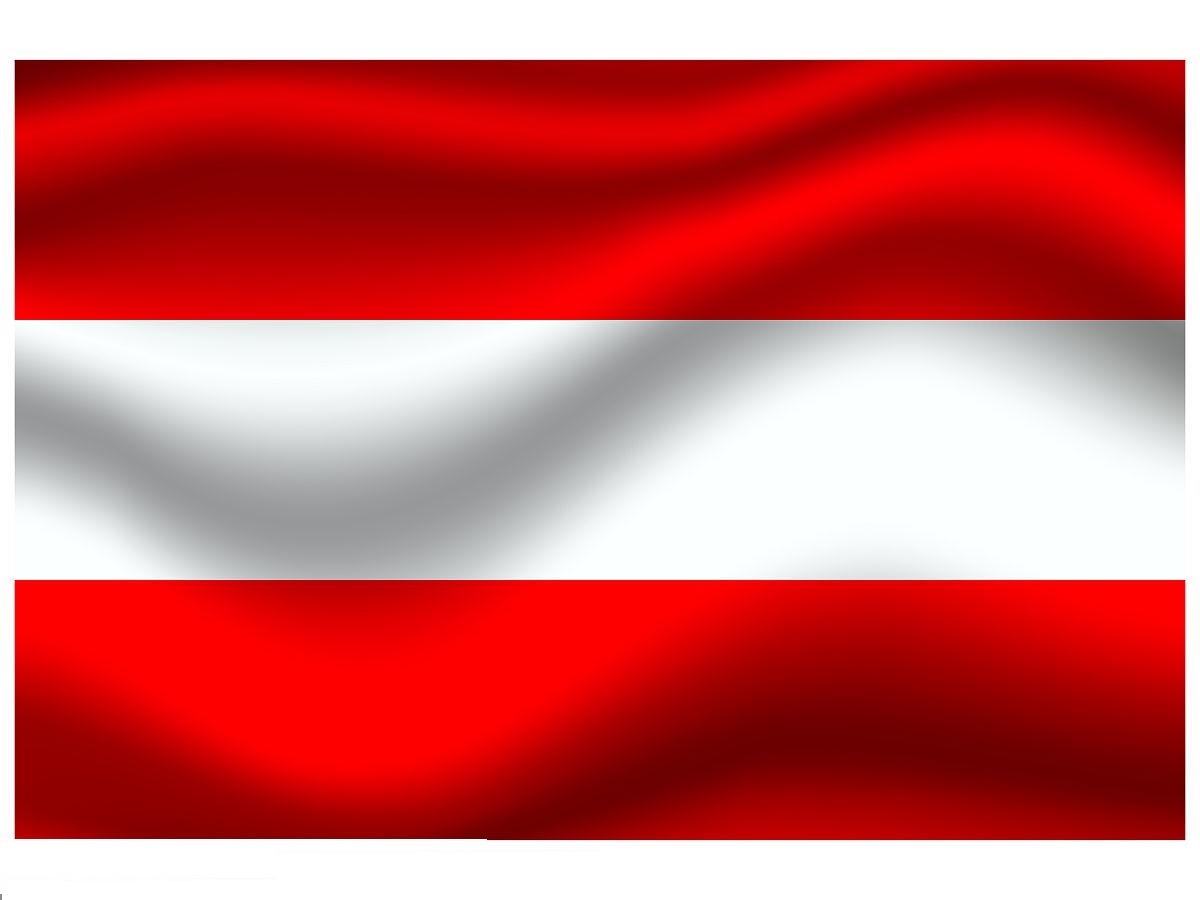Overview of Austria

The Republic of Austria is located in the southern part of Central Europe and is a landlocked country. It borders Hungary and Slovakia to the east, Slovenia and Italy to the south, Switzerland and Liechtenstein to the west, and Germany and the Czech Republic to the north, with a land area of approximately 83879 square kilometers.
Austria's climate belongs to a temperate broad-leaved forest climate that transitions from oceanic to continental, with an average temperature of -2 ℃ in January and 19 ℃ in July. The country is divided into 9 states, with Vienna as the capital and a population of approximately 9.171 million (as of April 2024).
Austria is a developed industrial country and a tourist hotspot city, with rich cultural and historical heritage. Famous composers include the Mozart, Beethoven, Haydn, and Strauss families. The Vienna Philharmonic Orchestra and the Vienna Boys' Choir are also world-renowned cultural brands. In addition, Austria also has abundant mineral and forest resources, such as graphite, magnesium, lignite, iron, oil, and natural gas.
The economic profile of Austria can be summarized as follows: Austria is an economically developed country with a well-developed service industry and strong competitiveness in areas such as finance and tourism; The industrial sector is technologically advanced, emphasizes innovation, and faces the international market; The economy relies heavily on external factors, especially with close economic ties to Germany and Central and Eastern European countries.
The main characteristics of the Austrian economy include:
Developed service industry: Austria's service industry occupies an important position in the national economy, with strong competitiveness in areas such as finance and tourism.
Advanced technology in the industrial sector: The industrial sector focuses on technological innovation and international market orientation, possessing unique technological advantages in special fields.
Emphasis on environmental protection: Austria vigorously develops green industries, and energy conservation, environmental protection, and green energy have become new advantageous industries.
The Austrian economy is highly dependent on foreign countries, especially with close economic ties to Germany and Central and Eastern European countries.
The specific data and trends of the Austrian economy include:
GDP growth: Austria's GDP in 2019 was 398.5 billion euros, a year-on-year increase of 3.3%; It is expected to grow by 1.2% in 2024.
Trade data: The total import and export volume of goods trade in 2019 was 311.8 billion euros, with the highest export value to Germany.
Financial situation: achieved a fiscal surplus of 0.1% in 2018; The fiscal deficit is expected to account for around 3.3% of GDP in 2024.
Unemployment rate: The unemployment rate is expected to be 6.7% in 2024, slightly higher than in 2023.
The challenges facing the Austrian economy include:
Inflation: In recent years, high inflation, especially soaring food and energy prices, has affected household purchasing power and business investment confidence.
Fiscal deficit: Due to increased social welfare expenditures and changes in tax policies, the fiscal deficit has increased.
Decreased export competitiveness: Due to rising labor costs and industrial manufacturing sector costs, the competitiveness of some export-oriented industries has weakened.


